When shopping for LED headlight bulbs, you’ll notice that most are 6,000k color temperature without options for 5,000k or 8,000k. But why is the LED headlight bulb color mostly 6,000k in LED bulbs? The answer is mostly in reference to customer demand.
When it comes to automotive lighting, most people want “colder” color temperatures because it provides obvious difference in brightness, the slight hue of blue in 6k bulbs looks awesome, where warmer color temps don’t offer that. The “warmer” colors like 3,000K, 4,000K, or 5,000K do provide other performance benefits though.
6000k is the preferred OE color for a LED forward light source.
Even if it’s close enough as a few hundred Kelvin would be undetectable to the naked eye (5700-6200). I recall seeing a lighting engineer for Audi say that 5700k is the best color for the human eye.
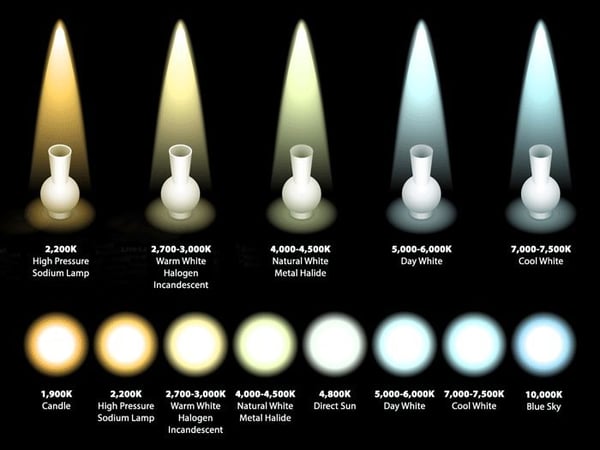
Cost:
6,000k LED chips are easier and cheaper to manufacture.
It’s cost and power balance. Pretty much all white LEDs are made the same way– they start with a blue led die, and use a red/green phosphor coating (the yellow stuff on any white LED) that is activated by the blue light to create the rest of the wavelengths needed to for white light. To get different color temps, they vary the concentration of the coating. 3,000k has more coating and 6,000k has less. So it’s less expensive to make a 6,000k LED bulb than it is to make a 3,000k LED bulb.
There is also a method to create white light using a blue and a yellow LED, but I haven’t seen many chips use that method at all compared to the phosphor conversion method, I believe the costs outweigh the benefits.
Also, 8,000k and 10,000k versions aren’t popular because nighttime visibility degrades substantially as the light goes into the blue spectrum. Blue lights are also reserved for emergency vehicles only and having them on your car is an invitation to get pulled over. So because of decreased light output and increased illegality, market demand just isn’t there for 8K and 10K bulbs.



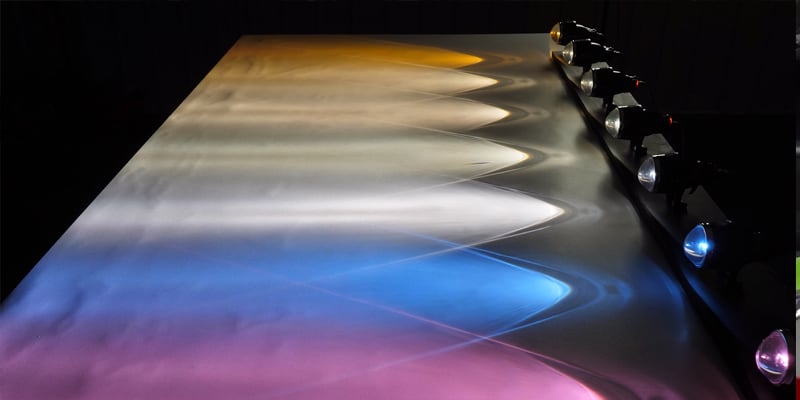
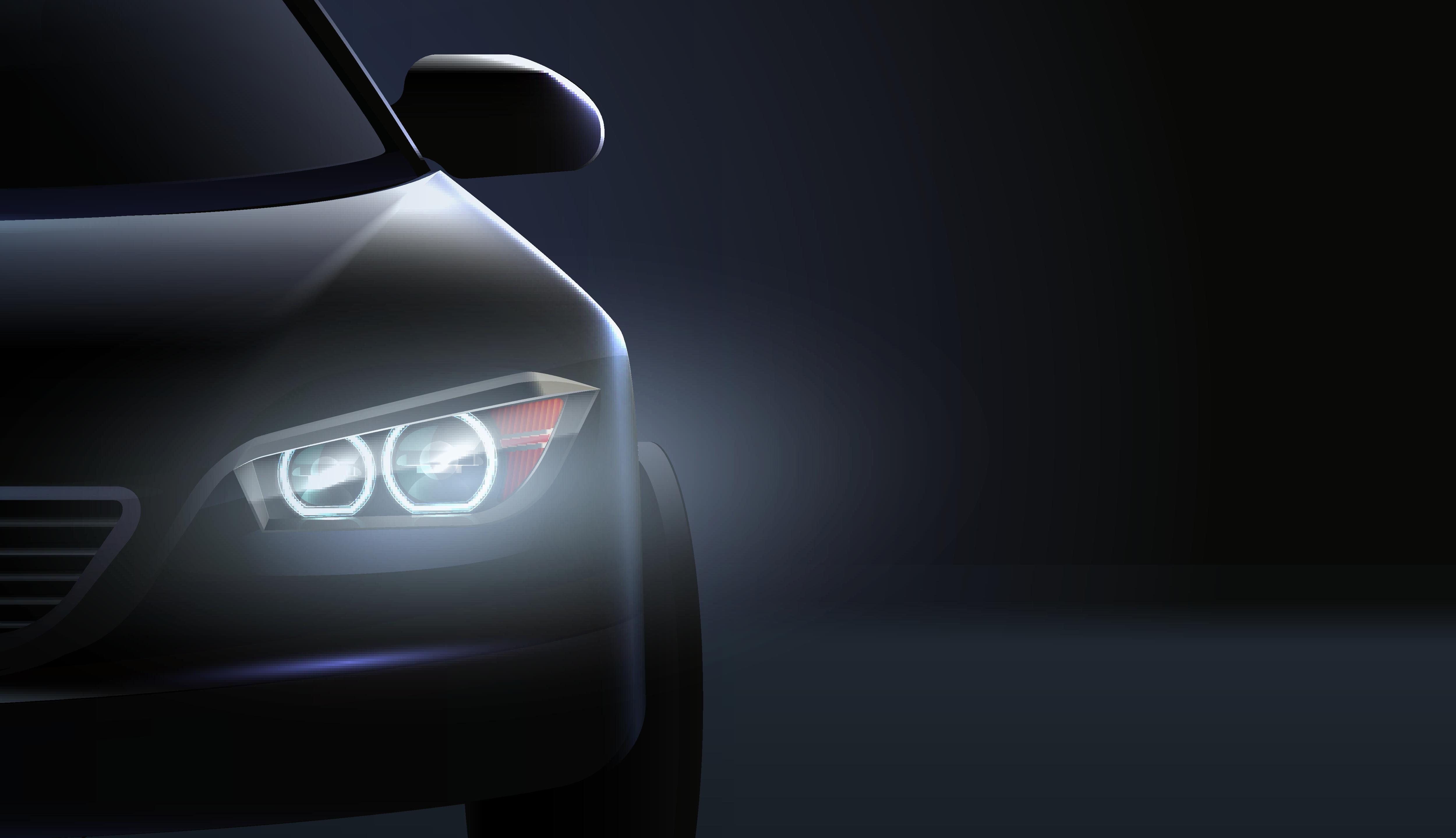
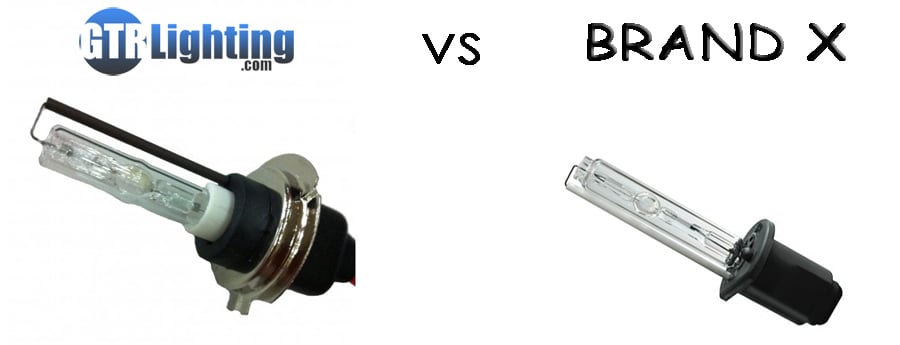
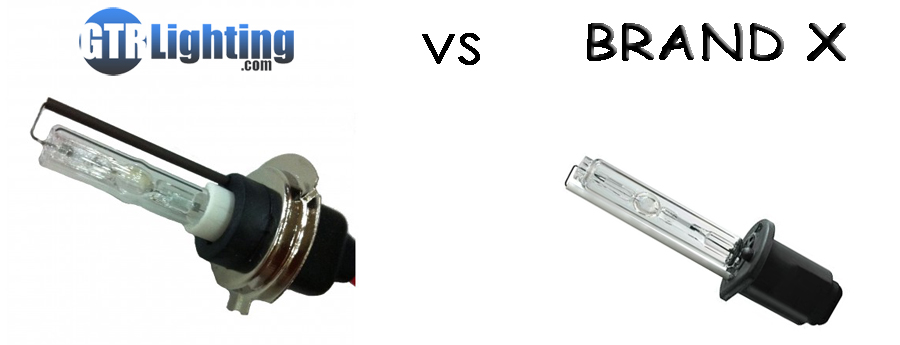
.png?width=300&height=87&name=logo%20(1).png)